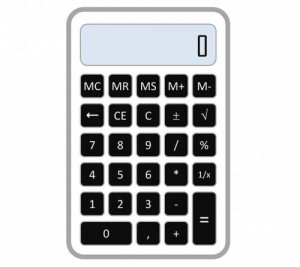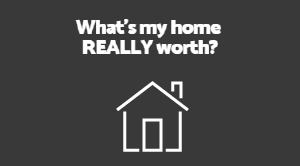-
Lot Size
-
Home Size1,550 sqft
-
Beds4 Beds
-
Baths2 Baths
-
Year Built1978
-
Days on Market9
Know Your Basic Mortgage Math
- Linda Moore, Real Estate Tips
- Coldwell banker Encinitas, Encinitas Home, encinitas home for sale, Encinitas Homes, Encinitas House, Encinitas Houses, encinitas real estate, Encinitas real estate agent, encinitas realtor, homes for sale in encinitas, Linda Moore, Real Estate Agent Linda Moore Coldwell Banker Encinitas California, real estate tips, Spring
- February 17, 2015
 You don’t need to be a mathematician to learn the ins and outs of simple mortgage calculations. Do you know how to figure a mortgage amount, adjusted for any down payment you make? Can you then determine exactly how much interest you will pay over the life of the loan?
You don’t need to be a mathematician to learn the ins and outs of simple mortgage calculations. Do you know how to figure a mortgage amount, adjusted for any down payment you make? Can you then determine exactly how much interest you will pay over the life of the loan?
These are key pieces of information that every home shopper should have at their fingertips. Even with the aid of a calculator, you want to be able to take the selling price, estimate what your down payment would be, and then figure out how much total interest you’ll be paying.
In the example below, we will use a “given” monthly payment amount, and show you how to figure out all the other pieces of the puzzle. For those who despise or fear math, rest assured that none of this is heavy lifting, and we’ll explain each step as we go.
Learn by example
Assume the purchase price of your dream home is $300,000 and you are able to make a 20 percent down payment. This is the beginning of the calculation string, and the easiest part.
Purchase price = $300,000
Down payment = .2 x $300,000 = $60,000
Because you are making the down payment up front, you won’t need to borrow it from the bank, and so it actually reduces the amount of your mortgage. In our example, you would be financing $240,000, which is merely the purchase price minus the down payment. So far, so good? Great.
Now, let’s say your banker tells you your monthly payment on a 30-year mortgage on this home, after your down payment, will be $1,400. Based on that, how much interest will you pay over the life of the mortgage?
Let’s compare our total payments to what the total amount of the mortgage is. However much the out-of-pocket cost is above the mortgage amount, that will be the total interest. It makes more sense with the example.
It’s all in the interest rate!
If you have to pay $1,400 per month for 360 months (that’s 30 years’ worth of payments), then your out-of-pocket cost for the mortgage is 1,400 times 360, which is $504,000. That’s right, you will be paying $504,000 in cold, hard cash for a $240,000 mortgage loan. That means anything over and above the $240,000 is interest.
In this case, the interest is calculated by subtracting the total mortgage amount from your total monthly payment amount (out-of-pocket cost).
$504,000 minus $240,000 = $264,000
For those who are wondering, the “example” interest rate we used was 5.75 percent. If you were to purchase a home today that has a selling price of $300,000, put 20 percent down, and finance the remaining $240,000 at 5.75 percent interest, your total payments over the 30-year mortgage would be $504,000, of which $264,000 of that would be interest, and $240,000 would be principal.
When it comes to shopping for homes, a tiny bit of mathematics goes a long way. Happy hunting!





